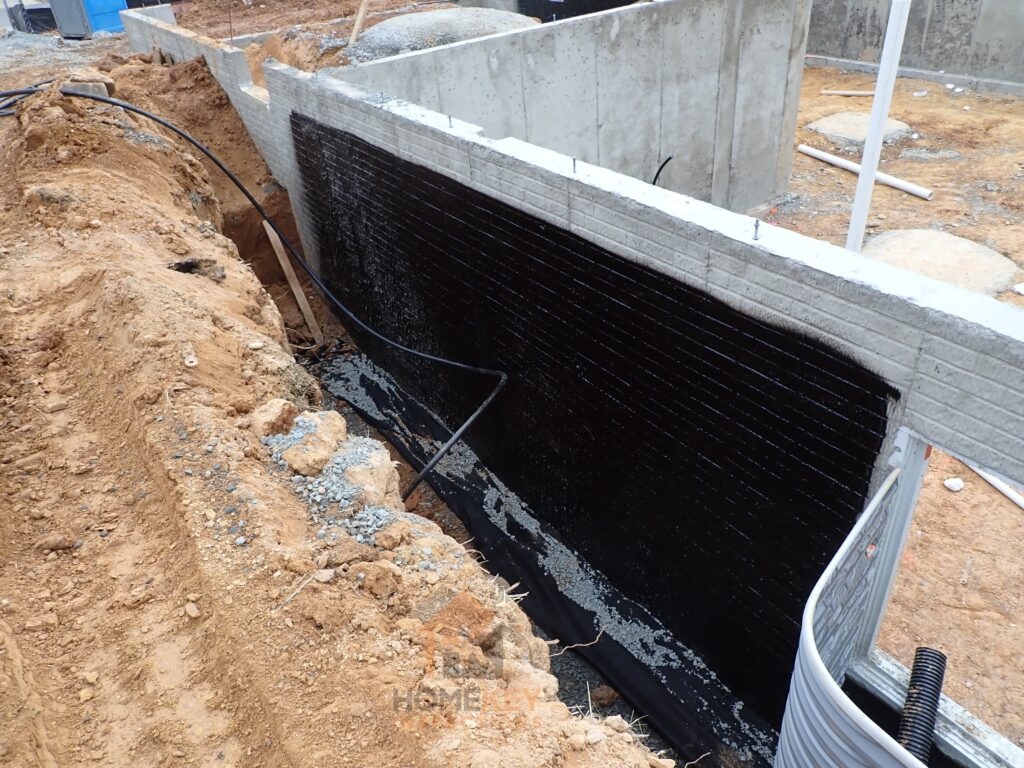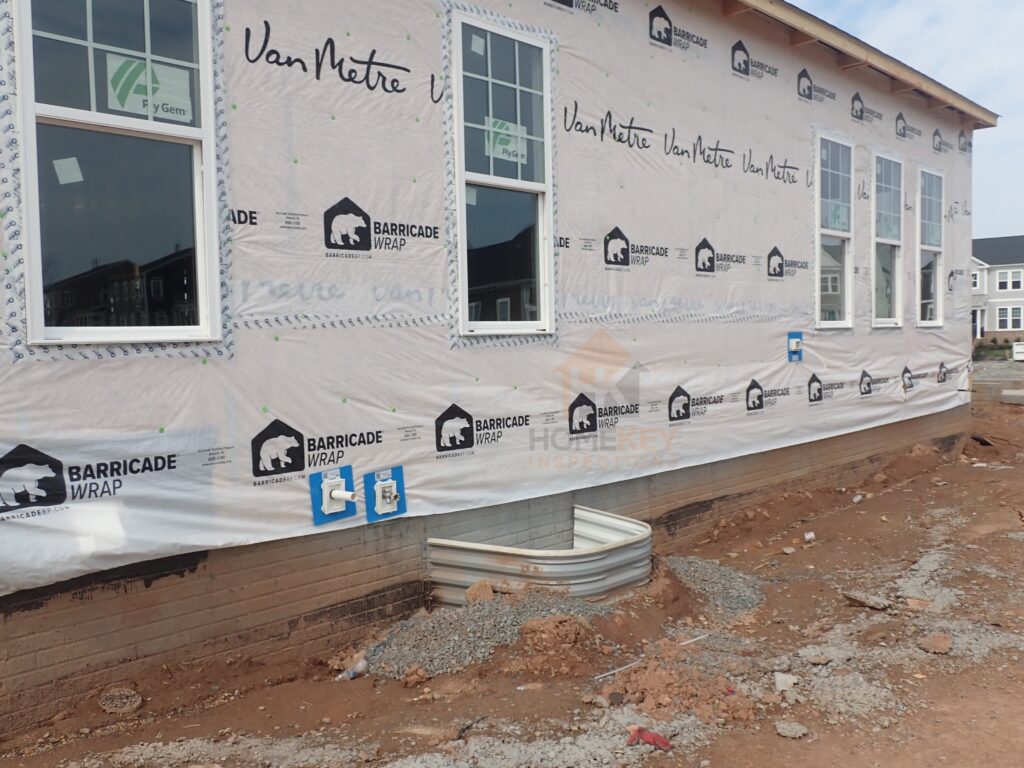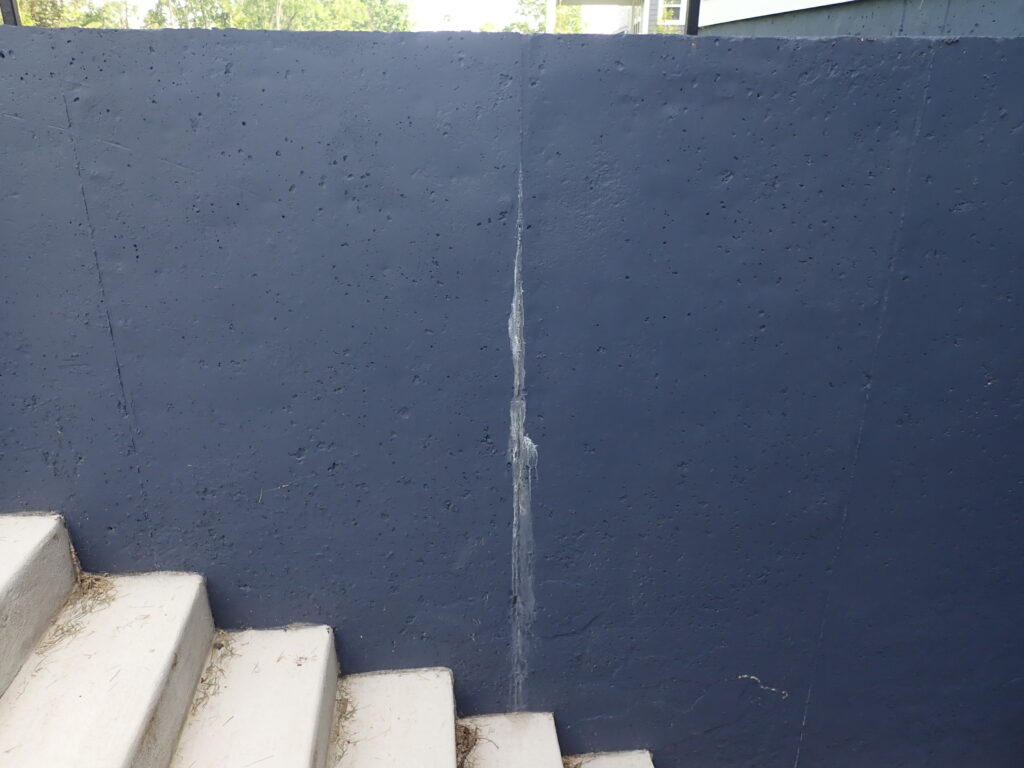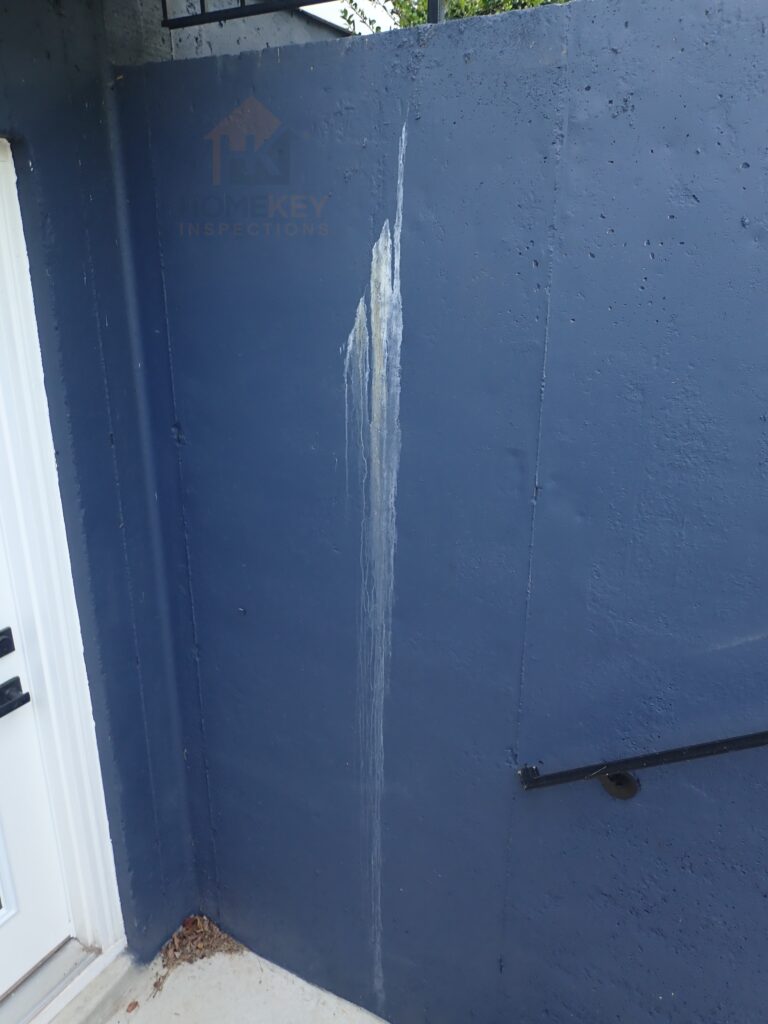From early building phases, to the pre-drywall walkthrough, to the final walkthrough, new construction is NOT immune to problems / defects / improper building practices.
If you find that hard to believe, we’ve written this post for you!
This is Part THREE in a series of posts where we’ll continue to show you just some examples of the things we find on home inspections of newly-built homes. Maybe you’ll be surprised by some of these…but we hope–if you plan to buy new construction–that you don’t have to be surprised by seeing them in your own house after you’ve moved in!
Dampproofing is a substance / material that is applied to the foundation wall of a home as a means of moisture control; the purpose is to prevent as much as possible the entry of water / moisture into the home through the exterior walls. Different methods of dampproofing exist.
For a long time now dampproofing has been required and a standard of good building practices. So it should be present on every new construction home! This is something your home inspector will look for as early on as your early foundation inspection, and as late as your pre-drywall inspection. By the time the final walkthrough comes around, dampproofing is generally no longer visible as it has been covered by grade. See the below photos for an idea of what dampproofing looks like. The first photo was taken during a Foundation (building phase) inspection; the second photo was taken during a pre-drywall inspection (in this 2nd photo you can see the top edge of the dampproofing a little above grade–this is correct).


One of the main concerns any homeowner should have is water intrusion into the home. That’s why dampproofing is so important on foundation walls.
But in modern construction it’s also normal to apply dampproofing to the exterior side of concrete retaining walls where there is a basement walkout, for example (see photo below).

In this case, dampproofing is applied to control moisture from seeping excessively through the concrete wall into the basement walkout area.
Now that we’ve discussed the importance of and reason for dampproofing a bit, take a look at the following couple of photos. These were taken during an 11-month warranty inspection; the home was about one year old.


While water seepage through a wall like this is not as serious a problem as water seepage into the home itself, it’s still not desirable for a homeowner of a one-year old home to see. And addressing the issue at this stage is much more labor intensive than if missing dampproofing had been noticed and fixed during the construction process!